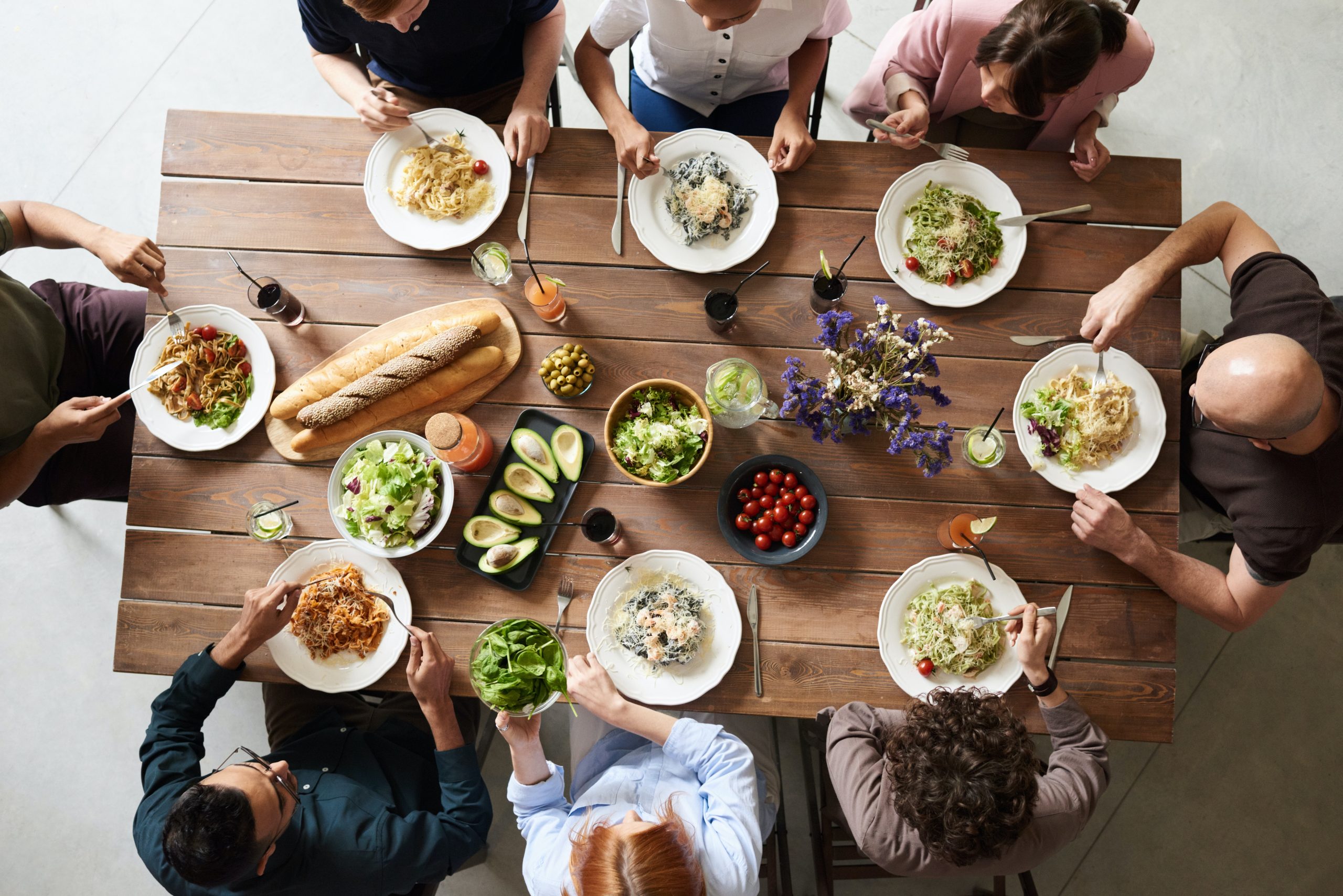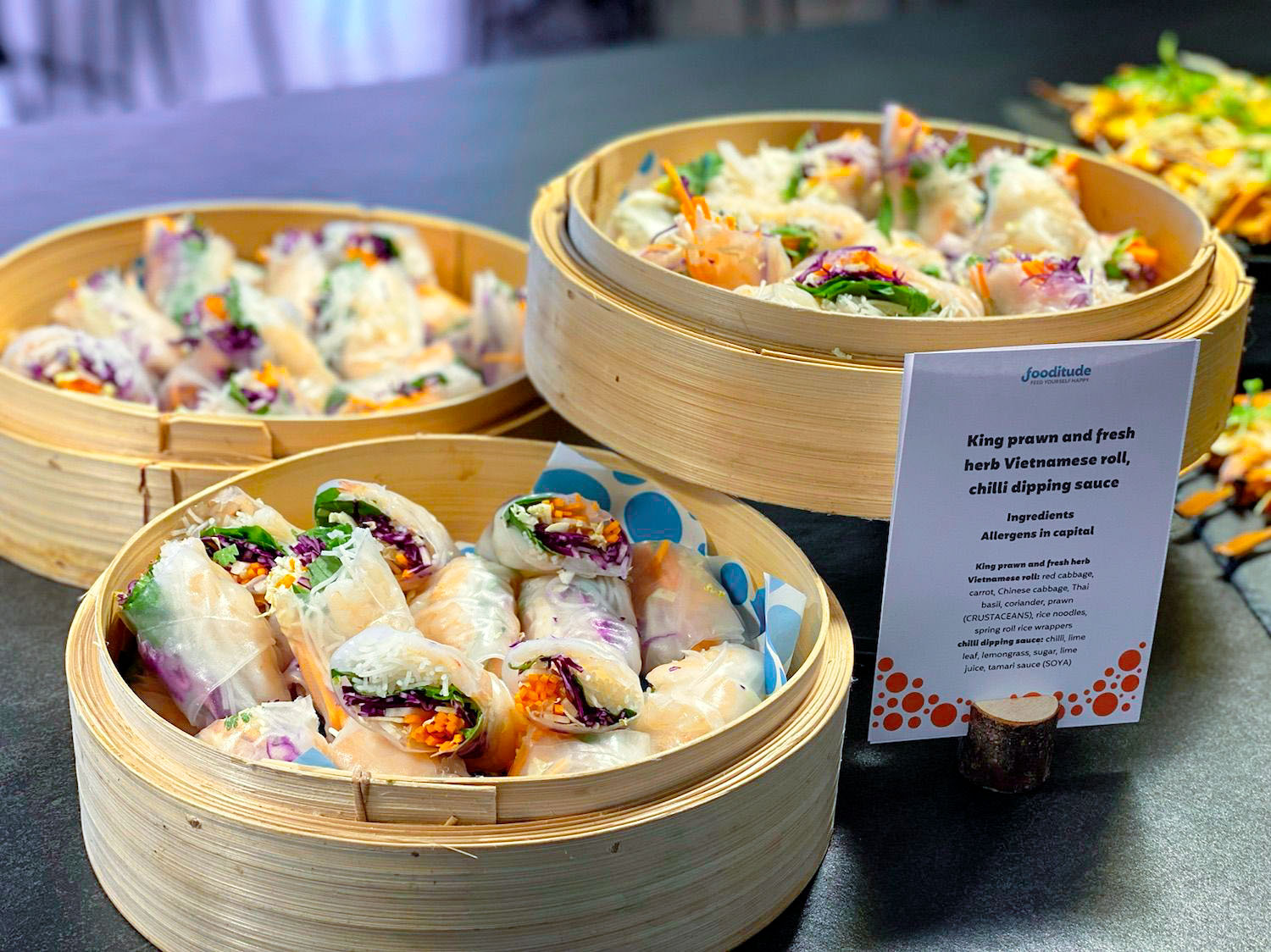Remote working has changed how people see the office. Companies have tested out different ways to manage their remote workforce. During the height of the pandemic, organisations had to take on quick strategic workplace initiatives with a dispersed workforce and send their digital transformation to overdrive. And it worked; we got things done. However, that success has made us re-imagine the future of the workplace. The hybrid office is the new work model with post-covid catering for the hybrid office part of the change.
Productivity used to be the main focus of any office design. But safety became more important than productivity following the COVID-19 pandemic. Pandemic restrictions shifted work from the office to the home, creating the most fast-tracked work experiment of the century. Our kitchen table and bedroom took over the role of office space. Suddenly, we were homely and corporate all at the same time.
So why has the hybrid work model become so popular with companies? Safety, flexibility, employee experience and cost reductions are some of the main reasons for its success. Inside companies that have adopted a hybrid way of working, employees commute to the office on select days to collaborate within their teams and attend meetings in person.
Reasons why companies need to consider catering to the hybrid workplace
Any changes to how we work will now be more gradual. Although a complete return to the office is possible, we recommend you don’t hold your breath for it. We believe whatever module follows ‘hybrid working’ will greatly emphasise employee wellbeing.
Ensuring proper nutrition for employees
Corporate catering ensures all employees can eat healthily at work. While most of us may settle for a sandwich or two, and some, a hastily purchased meal deal, only a few would prioritise their nutrition. Top catering professionals offer menus made with healthy and nutritious locally-sourced organic ingredients.
A catered breakfast, lunch, dinner, or coffee breaks are designed to be well-balanced, and you can tailor-make them to fit the office crowd and headcount. Vegans on board? No worries! You can find everything from plant-based food to international dishes, from full meals to grab-n-go snacks on caterer menus. Facility managers can coordinate with department heads to decide the timings and headcounts for upcoming orders.
Feed your teams happy
We are used to the idea of ‘no such thing as a free lunch.” However, if a free lunch is presented to us, it’s almost a guaranteed mood booster. After all, these meals are only really ‘free’ at the point of service. Employers should appreciate that employees’ hard work powered the company’s success, which indirectly pays for the meals. By not charging employees for their lunch, the company shares the rewards of its team-driven success.
Eating together builds cohesion, which boosts morale. The convenience of having meals served at the workplace instead of having to plan out details by yourself is a luxury most office workers appreciate. Coming to work only on certain days of the week, it will be a nice change for the staff to have something extra to look forward to. Free meals creates a more welcoming environment, especially for those who have grown to prefer the work-from-home setting.
And, it will not be a significant departure from their remote working environment, echoing the experience of home-cooked meals. So, no more highstreet lunch rushes and no more yesterday’s-dinner-packed-lunches. Much better!
Boosts team spirit and personal connection between staff members
The ancient phrase “to break bread together” captures the power of a shared meal to forge relationships. Having a hybrid workforce means limited face-to-face interactions. Food shared around the lunch table is the perfect opportunity for team members to catch up with one another. For those who have been missing company culture and daily interactions with peers, it is a communication stimulant. It is a chance to forget the home life, and just relax in the company of others.
This personal connection spills over into work, prompting happy productivity. A study by Cornell University found that groups that eat together perform better.
Job satisfaction
Most of the top companies in the world make sure their employees get food perks. Not just your freezer-to-oven pizzas, but healthy and nutrient-forward meals catered for select tastes.
Some employees even skip lunch to stay at their work station and complete tasks because they find stepping out for a snack or meal too uninspiring to take a break. By making sure there is a team lunch, these employees do not have to skip lunch or feel pressured into working during their own time.
A 2015 study of 1,000 full-time office workers noted that 56% of all employees surveyed were “happy” or “very happy” with their current job, but that number jumped to 67% among employees who had access to free food at work. The Millennial workforce and Gen Zers place special importance on these perks. Providing food shows that the company isn’t just investing in its corporate goals but also in the individuals within their workforce. It is reassuring to those who want to be treated well by their employer.
Relieves employee stress
Workplace stress leads to absence from work and lowered productivity. Half of all employees are affected by mental health, according to a survey of 44,000 employees carried out by the mental health charity Mind. And the data from NHS Digital shows that a concerning amount of fit notes are issued by GPs in England.
While work can be beneficial for mental and physical health, it can also lead to stress when they are not happy at work. While underlying causes of mental health issues should be addressed separately, offering workers a chance to replenish with food and drink can help them feel more content at work. The chance to grab a nutrition bar from a rack, having a barista churn your favourite macadamia nut milk latte at the coffee station, and the prospect of having your lunch organised for you can make a lot of difference to alleviate stress. Eating with your team also enables you to share more with others, which the solo lunch at the desk can’t provide.
Things that need to be considered when catering for the workplace
Reputed caterers
If you are providing food and drink for the staff, make it good food. Good food doesn’t mean fancy. It should be freshly prepared with high-quality ingredients. Try to find caterers who are more attuned to sustainability, nutrition, and vegan choices. Read up on how they source their ingredients and how they prepare and deliver food.
You may also want to consider options that avoid the hassle of a kitchen set up at your business premises. Consider contract catering companies that deliver food from a central production kitchen. Read up on how they source their ingredients and how they prepare and deliver food.
Food safety
Your caterer should have food safety certification and follow safety protocol in the preparation and transportation of food. Look for their ISO food safety management system to ensure they are following the latest standards in food safety. All reliable catering companies display this information on their website.
Consider sustainable caterers
A responsible business strategy geared towards minimising the carbon footprint and food waste is a sign of accountability and quality. Sourcing local and seasonal produce enables small businesses to thrive. Ethical meat and dairy with Red Tractor Assurance and fair trade products encourage businesses to become more planet-friendly. Make sure the fish are MSC-certified and come from a British supply chain. When you choose a catering company with an active sustainability policy, it not only helps the planet but also the quality of the food.
Catering for the post-Covid hybrid office is one of the new norms that make employee health and wellbeing a top priority. During the lockdown, we all learned that staying healthy takes precedence over everything else. As the future of work is taking shape, we need to do everything we can to make sure workplaces are happier and less stressful. Fooditude offers companies food options across the board, from pantry services to packaged lunch boxes that can go straight in the fridge.




